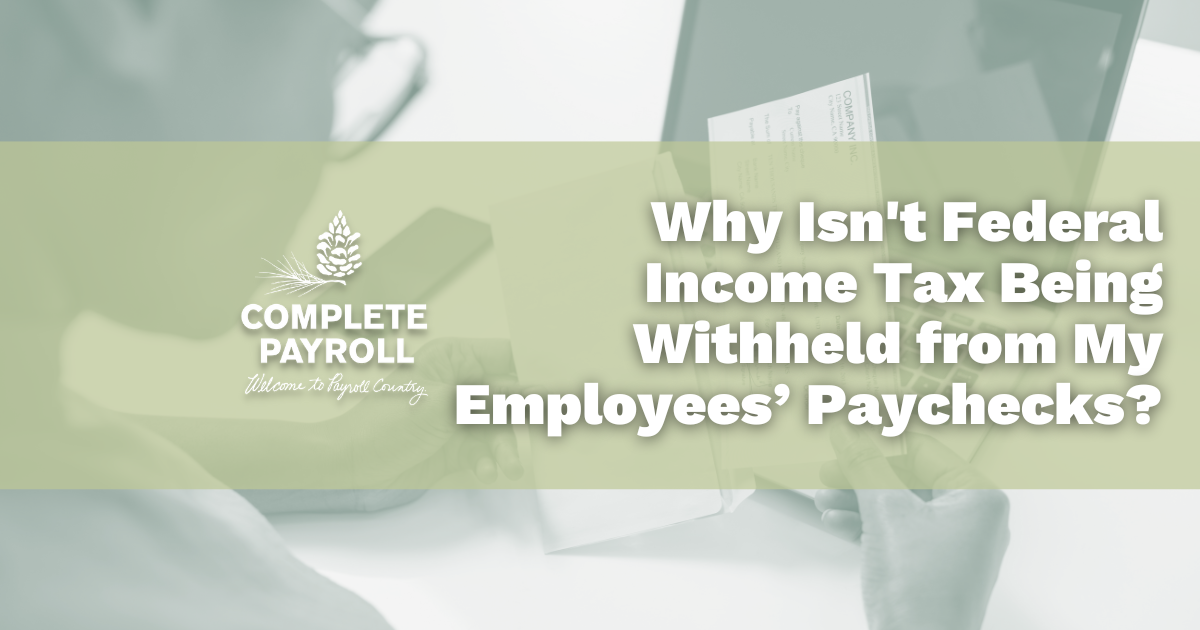
FICA has a long and storied history– it’s not just a series of letters that you see at the top of your pay stub. Over the last eight decades, FICA has offered protection for our most vulnerable population, ensuring that they have enough to live on when they’re unable to work.
But how did FICA come about, and how does it apply to employers today?
The Birth of FICA
In August of 1935, President Franklin Roosevelt signed the Social Security Act, putting in place what many believe to be his greatest legacy. This form of “social insurance” provided payments to retirees, the disabled, and widows with dependent children, offering a ray of light in the darkest days of the Great Depression.
Today, much as it was then, employers pay a percentage of an employee’s wages into the Social Security Trust Fund under provisions of the Federal Insurance Contributions Act, or FICA.
Before Social Security
That said, social security isn’t the first time the federal government assisted vulnerable Americans. At the end of the Civil War, the government provided pensions for war veterans, as well as the widows and children of fallen soldiers.
However, by the middle of the 1930’s, most of these pensioners had passed away. As the Depression took its toll on the American economy, President Roosevelt determined that government had a responsibility to take care of its most vulnerable citizens. After all, there were many people too old or unable to work who were living in poverty.
In the years leading up to the Depression, many states had created pension plans in a variety of forms to ensure that their residents were cared for. By signing the Social Security Act, a national standard was finally established.
Evolution of the System
At first, the Social Security Act provided a one-time lump sum pension. But by 1940, the government moved to issuing monthly checks. Over time, other enhancements have been made by congress in order to serve more Americans.
Eventually, programs such as the cost-of-living-adjustment (COLA) were implemented to increase in the amount an individual receives. Other changes were made to make sure the program as a whole would continue to be sustainable, such as increases in the percentage of contributions and increases in the age of qualification for full benefits. Without these, the program would likely collapse as the population grows.
Eventually, President Lyndon Johnson established Medicare to provide healthcare for retirees. President Richard Nixon passed the Supplemental Security Income (SSI) to provide benefits to disabled individuals under the age of 65. Both of these programs are operated under the Social Security Administration, and Medicare contributions are deducted from employee pay under FICA rules.
What does this mean for you?
Each employer is required to collect contributions into the Social Security Fund, according to FICA regulations. However, it’s important to ensure that Social Security and Medicare contributions are kept seperate. For employers, your contribution to Social Security is 6.2% of the employee’s gross pay. Your contribution to Medicare is 1.45% of the employee’s gross pay.
There are maximum amounts that can be deducted— but please note that these caps change each year. As an employer, you’ve got to stay aware of these maximum amounts so that you don’t go over the deduction amount allowed.
Additional Medicare Tax
On January 2, 2013, Congress passed the Tax Relief for Americans Act of 2013. This law included a provision to increase the employee portion of Medicare taxes for higher-income individuals.
This provision applies to both employees and self-employed business owners. The additional tax is 0.9% of employee gross income. The tax applies to individuals according to a combination of income level and federal tax filing status:
-
Married filing jointly - $250,000
-
Married filing separately - $125,000
-
Single - $200,000
-
Head of household (with qualifying person) - $200,000
-
Qualifying widow(er) with dependent children - $200,000
The employer and employee each contribute 1.45% of the employee gross income up to the above threshold. For income above the threshold, the employer continues to contribute 1.45%, while the employee contributes the additional 0.9%, or 2.35%.
For instance, if the employee gross income is $240,000 both the employee and employer contribute 1.45% up to the $200,000 threshold, or $3,480 (200,000 x .00145). For the $40,000 above the threshold, the employer continues to pay 1.45%, or $58 (40,000 x .00145). However, the employee contributes at the 2.35% rate, or $94 (40,000 x .00235).
Confused? You’re not alone. FICA is a complex concept, and it’s just one of the reasons why it’s important for employers to work with an experienced payroll company, such as Complete Payroll, that understands the FICA rules and regulations in order to stay compliant with the changing laws. If you’re looking for a partner that will help you stay on the straight and narrow, let’s talk.
Check out our comprehensive employer's guide to payroll taxes - a structured and simple overview of what employers need to know about the taxes that flow through payroll - on both the employer and employee side.





















